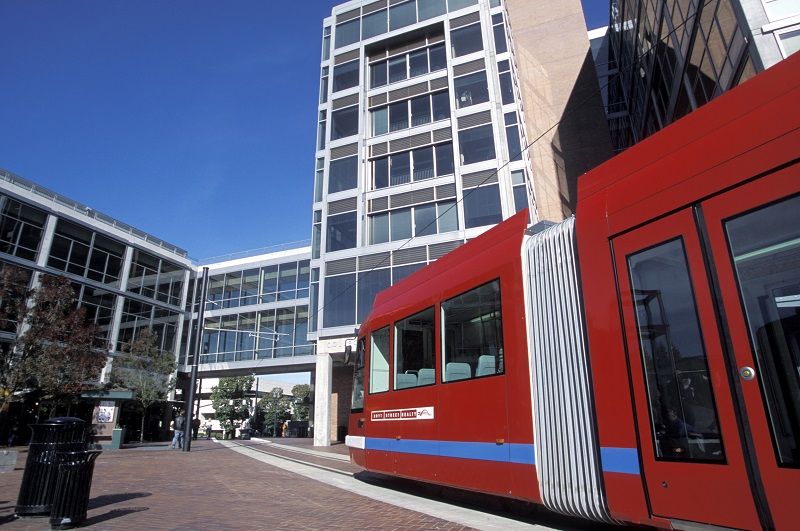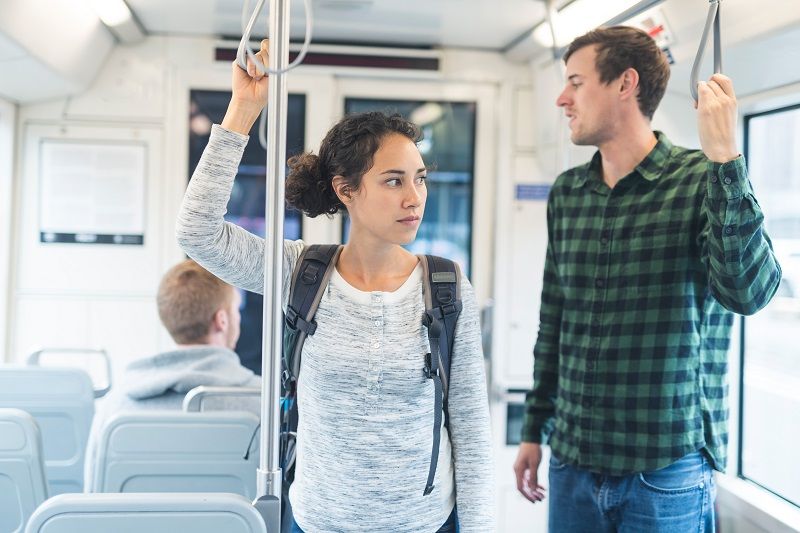Last Thursday, auditors released a report questioning the Portland Streetcar’s performance. Ridership counts were inflated by 19%. Several additional metrics, including hourly vehicle operating costs and on-time performance, were either unreported or deemed not suitable for use. What went wrong?
First, too much data wasn’t reported. This includes measures for frequency of service, vehicle failure, and fare survey results. Other useful metrics, such as fare box recovery ratio, were simply incapable of being measured, due to a lack of data collection.
Second, when data existed, much was unreliable. Portland Streetcar uses surveying and self-reporting for many of its metrics, and these methods are prone to high error rates. Automatic passenger counters were recently installed to improve ridership accuracy. However, only six of the seventeen cars were outfitted, decreasing their overall effectiveness.
Finally, oversight was lacking. Performance reports were found to be incomplete with questionable results, an issue frequently overlooked by the Portland Bureau of Transportation. More troubling, the City does not have a systematic approach for using performance information to guide management decisions, leading to several missed opportunities for improvement.
Portland Streetcar has a long way to go before its metrics can be trusted again. While increased governmental supervision might sound enticing, there is a better way forward. Portland Streetcar should follow reproducible research principles and make its raw, unaggregated data easily available. This would allow anyone the ability to challenge their findings and methodology, the ultimate form of public oversight.











